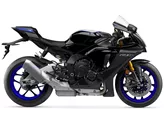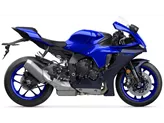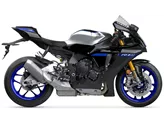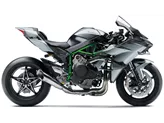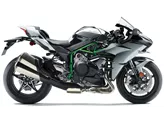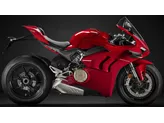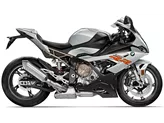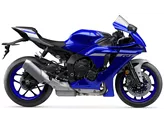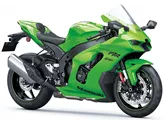Yamaha R1 2010 vs. Kawasaki Ninja H2 2015

Yamaha R1 2010

Kawasaki Ninja H2 2015
Overview - Yamaha R1 2010 vs Kawasaki Ninja H2 2015
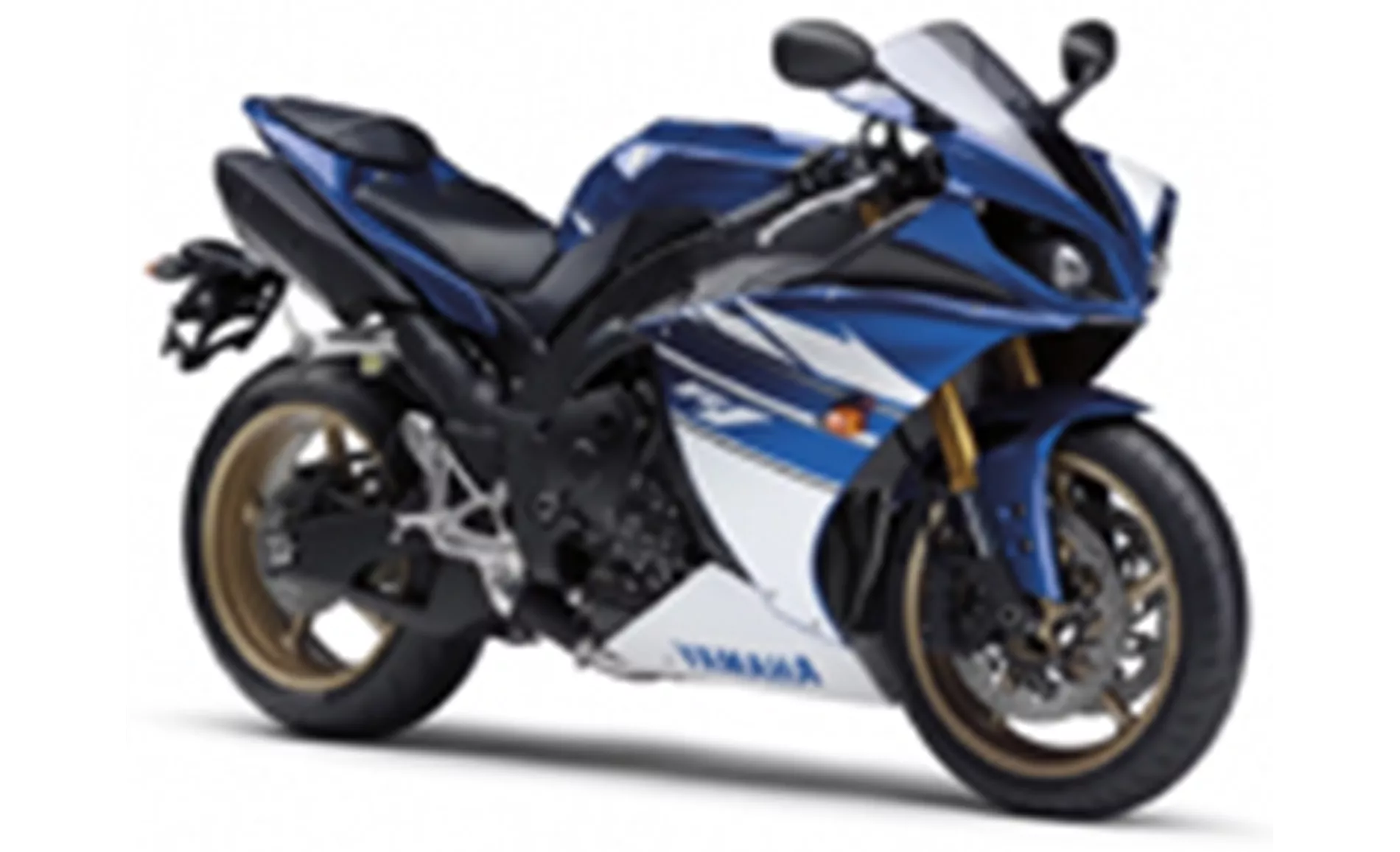
Yamaha R1 2010

Kawasaki Ninja H2 2015
Technical Specifications Yamaha R1 2010 compared to Kawasaki Ninja H2 2015
Pros and Cons in comparison
Pros and Cons in comparison
Yamaha R1 2010
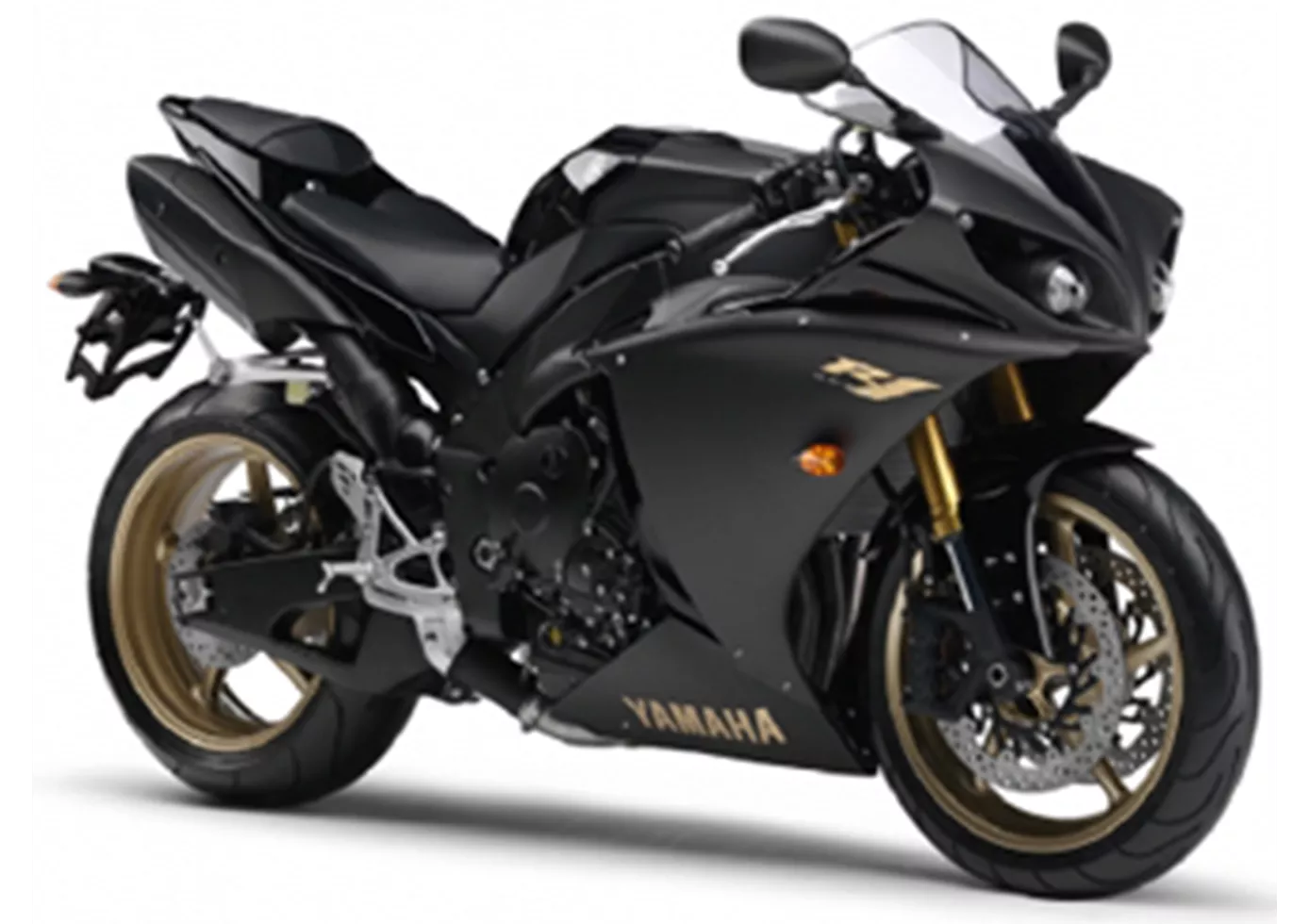
The current engine in the R1 scores points above all with its unmistakable sound, very transparent response and linear power delivery. In terms of peak power, however, Yamaha had to cut back a little.
Kawasaki Ninja H2 2015

The Ninja H2 represents a milestone in motorbike history. It is not only packed with electronic innovations, but also offers completely new technologies in terms of engine construction and mechanics. This high-tech research object of a Japanese technology company is actually for sale and can also be ridden. Basically, it rides like a normal motorbike, only with considerably more power. At first, the engine response is a challenge, but speed freaks will find a way to ride and enjoy this fascinating motorbike.



